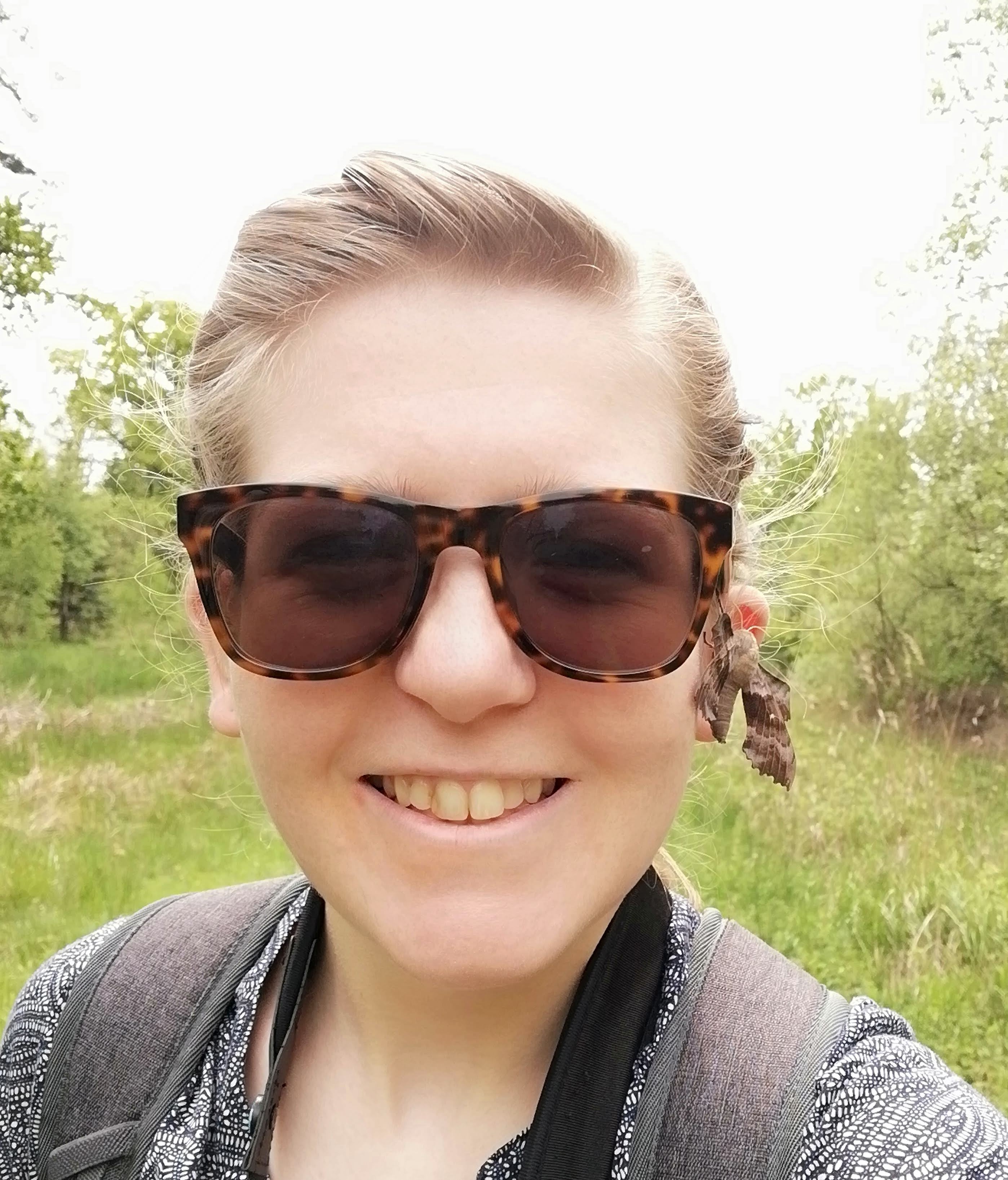Maned wolf: A strikingly beautiful South American canid
The maned wolf, a gorgeous canine from South America, is neither a wolf nor a fox, despite resembling both.

Name: Maned wolf (Chrysocyon brachyurus)
Where it's found: South America (Argentina, Bolivia, Brazil, Paraguay, Peru, Uruguay)
What it eats: Omnivorous diet, including small mammals, birds, reptiles, eggs, sugarcane, bulbs and fruits.
Why it's awesome: If there were a beauty contest for wild canines, the maned wolf would surely be the winner, with its flowing red coat, long legs and large ears. Its name derives from the black mane along the back of its neck. At least one all-black (known as melanistic) maned wolf has been seen and photographed.
Despite resembling a red fox and being called a wolf, the maned wolf is not closely related to either of those animals. In fact, the maned wolf forms its own genus, Chrysocyon, which translates to "golden dog." It lives in South America, including in Argentina, Brazil and Peru.
The maned wolf's long legs may be an adaptation for hunting in grassland, one of its habitats. Unlike other canids, it eats invertebrates, roots and grass, along with more typical fare, such as rodents, small deer and birds. There's even a fruit associated with the maned wolf: the lobeira, also known as the wolf's fruit or guarambá. Part of the Solanaceae family — which also includes tomatoes, potatoes, peppers and tobacco — wolf's fruit constitutes up to 50% of a maned wolf's diet. Scientists think maned wolves eat this tomato-like fruit, which can be up to 6 inches (15 centimeters) in diameter, to help expel parasitic worms — particularly the giant kidney worm (Dioctophyma renale), which is usually fatal to maned wolves.
Unlike the gray wolf (Canis lupus) and the African wild dog (Lycaon pictus), the maned wolf is mostly solitary, but males and females are monogamous and stick together for about a month during breeding season. Even when separate, they keep in contact via a call described as "an explosive roar-bark," which can travel more than half a mile.
Get the world’s most fascinating discoveries delivered straight to your inbox.

Megan Shersby is a naturalist, wildlife writer and content creator. After graduating from Aberystwyth University with a BSc (Hons) degree in Animal Science, she has worked in nature communications and the conservation sector for a variety of organisations and charities, including BBC Wildlife magazine, the National Trust, two of the Wildlife Trusts and the Field Studies Council. She has bylines in the Seasons anthologies published by the Wildlife Trusts, Into The Red published by the BTO, and has written for the BBC Countryfile magazine and website, and produced podcast episodes for its award-winning podcast, The Plodcast.


